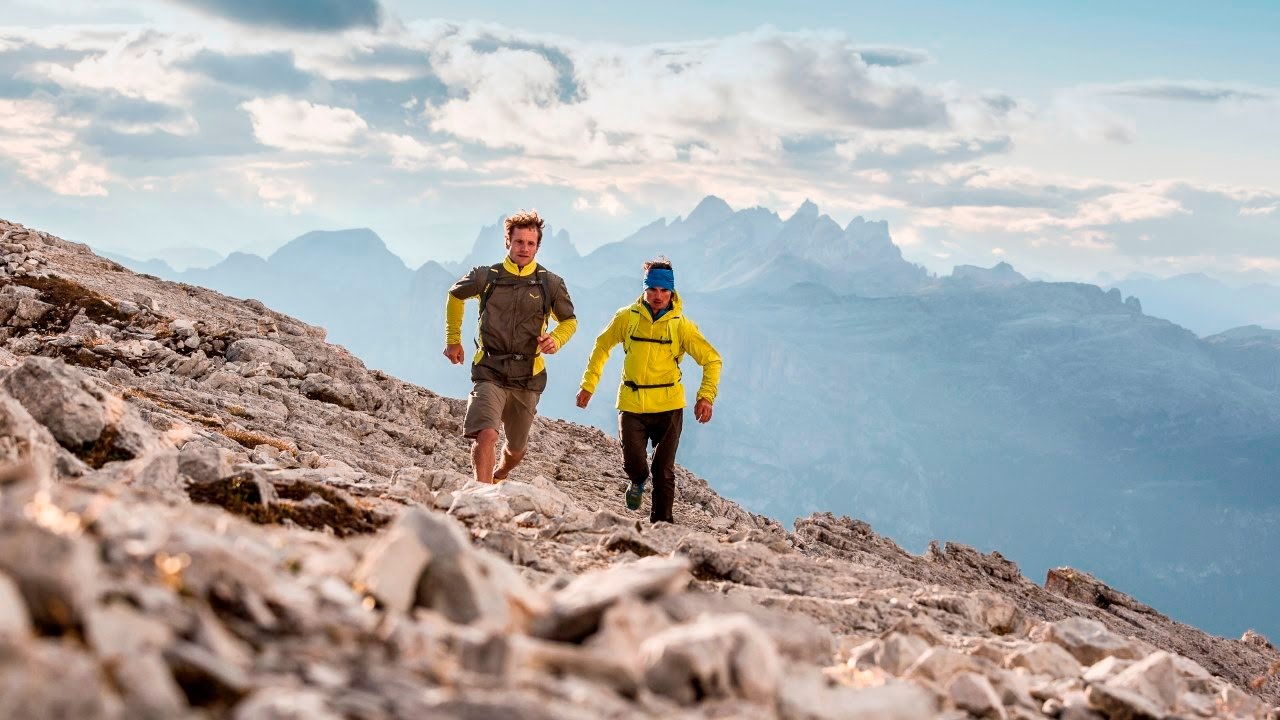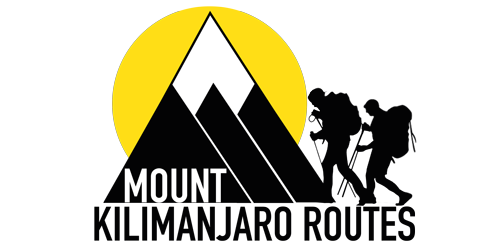Training for Mount Kilimanjaro
 Climbing Kilimanjaro or, trekking Meru is a serious physical undertaking and you should aim to be in the best condition of your life when you arrive. The key thing to remember though is that these are endurance events and stamina and mental toughness are more important than outright fitness. We get lots of people who trek with us who are not perfect specimens of fitness but they all have loads of grit and determination.
Climbing Kilimanjaro or, trekking Meru is a serious physical undertaking and you should aim to be in the best condition of your life when you arrive. The key thing to remember though is that these are endurance events and stamina and mental toughness are more important than outright fitness. We get lots of people who trek with us who are not perfect specimens of fitness but they all have loads of grit and determination.
The best way to build stamina and mental toughness is to get used to spending long periods of time on your legs so there is no real substitute for getting out in the hills with your boots on and clocking up some miles and hours. This is the best and, if you can do enough, the only exercise you need to do.
Not everyone can get to the hills though so you should get out wherever you can and walk as far as time allows two to three times a week. If you have a membership of a gym or can run or cycle regularly you can augment your walking training and then try to fit in extended walks on the weekends closer to your climb date.
For a general fitness program for Kilimanjaro, we would recommend the following schedule starting at least 8 weeks before you leave and then repeating three times a week.
Stamina
Aim to build up to doing at least 30 minutes at a good pace either running, cycling or using a cross-trainer. An energetic aerobic, Zumba or spinning class works just fine.
Strength
For a great set of leg strengthening exercises that you can do at home without any equipment have a look at this video- 3 times a week alternating with a stamina session is ideal
Stretching
Most injuries on the mountain are caused by tight inflexible muscles. To avoid injury develop a good set of basic stretches that you do every day on the mountain.
Training for your Kilimanjaro Climb
Physical Preparation
One of the most daunting aspects of the climb is getting prepared with the right level of physical fitness. Given the mountain is a “walking” mountain, most people assume that anybody can climb it without any physical preparation. While this is true with the right guide, we recommend preparing for the climb by doing basic exercises for strength and endurance activities for both stamina and mental readiness. This will make the climb much more enjoyable and allow you to focus on the beauty of the mountain and not be anxious about whether you will be able to summit or not. Contact us today to receive recommendations around basic training steps that you can start to increase your chances of success!
If you can begin to get your body used to climb at an altitude that is fantastic. The reality is that unless you live in the Rockies, Alps, etc., the ability to train at altitude is limited and unrealistic. For those of us who do not have access to higher altitude trails, there is equipment available to help you simulate altitude so that you can complete your readiness. Check out the list of companies that provide altitude simulation devices on our page about acclimatization.
Mental Preparation
Most people are surprised when we mention mental conditioning as well as physical activity but it is something we firmly believe in. The reason for this is simple; reaching Uhuru Peak is probably just as mental as it is physical. Sir Edmond Hillary (New Zealand mountaineer and also the first person to summit Mt. Everest), stated it best when he said “It is not the mountain we conquer, but ourselves.
Click here to download the training program for Kilimanjaro.



